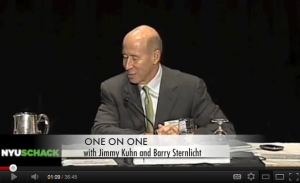From WSJ Developments-
Little new apartment construction and surging demand has created a shortfall of 2.5 million units, the largest the nation has seen in more than a half-century, according to research from Nareit, a trade group for real-estate investment trusts.
As we’ve reported, apartment landlords are seeing vacancy rates decline as more Americans rent by choice or necessity. In the fourth quarter, apartment vacancy fell to the lowest rate since late 2001, with the national rate dropping to 5.2% from 6.6% a year earlier, according to Reis Inc. The vacancy rate had risen as high as 8% in 2009.
Pent-up demand could pull that rate even lower. According to Nareit, the normal rate of household formation is about 1.2% annually. But, with the sour economy in the last four years, the rate plunged to about 0.5%, as people delayed moving out and opted to live with roommates and parents longer. This has created an unmet demand of about 2 million households, “about three times what it has been in previous business cycles,”… See the whole article here

